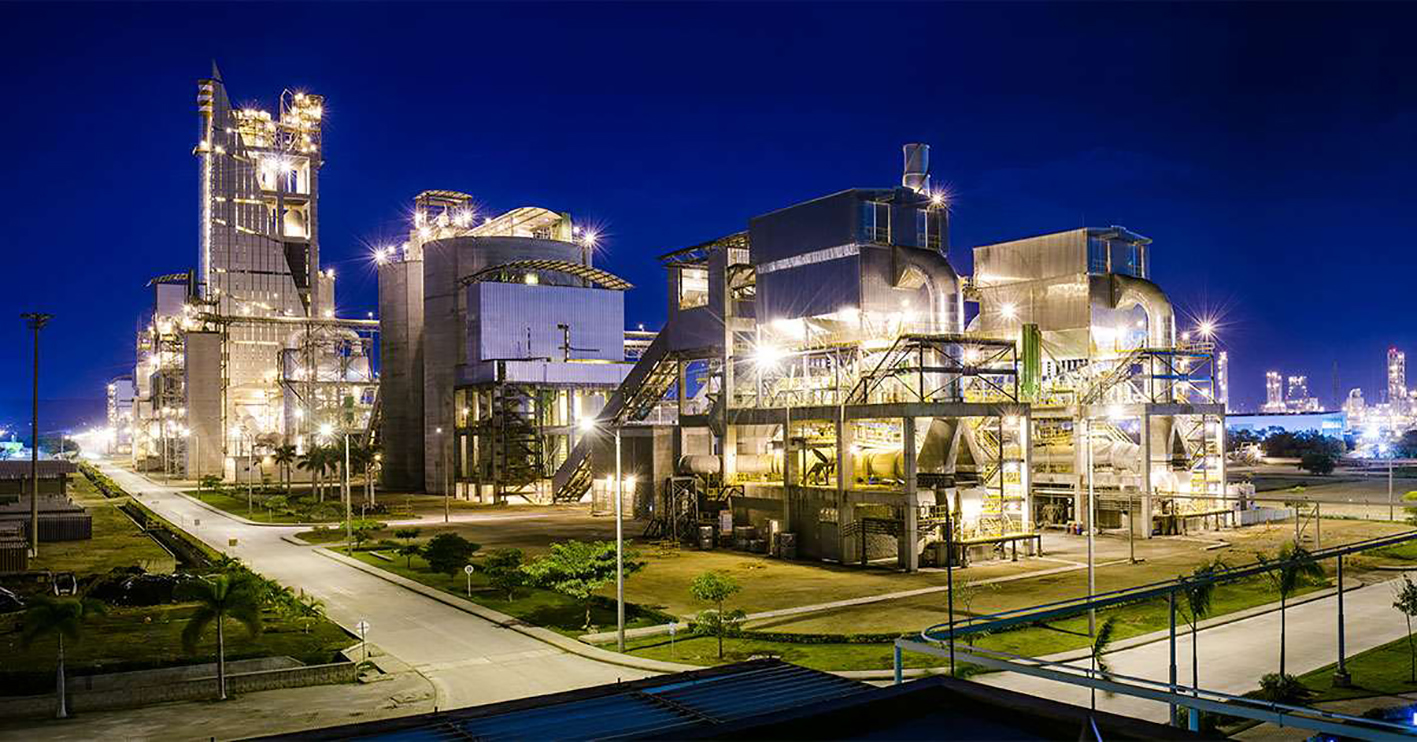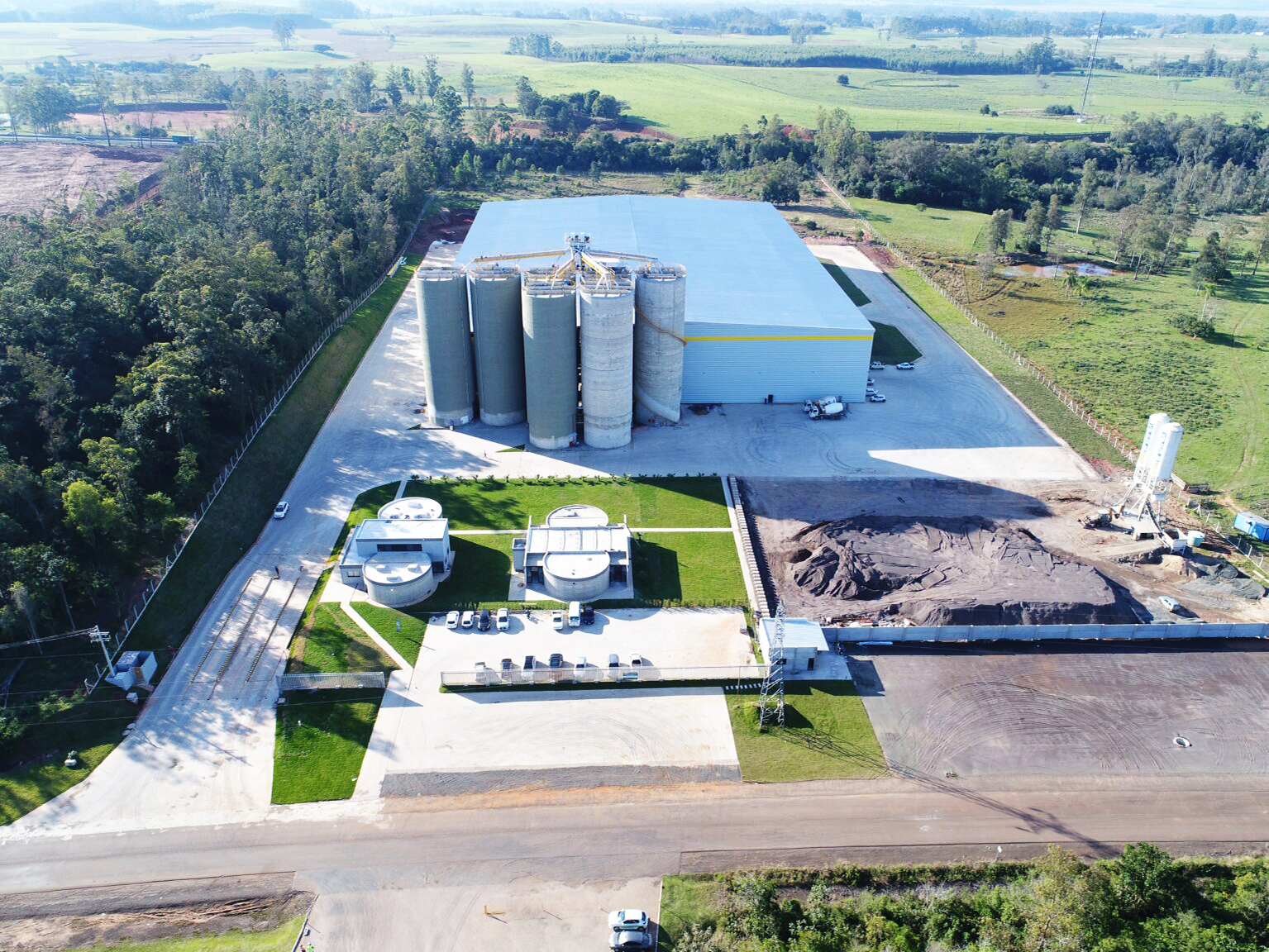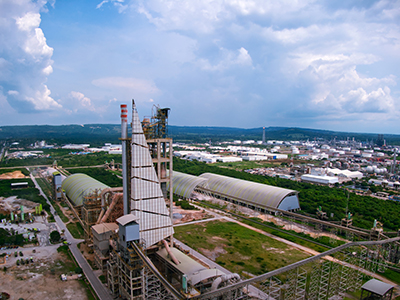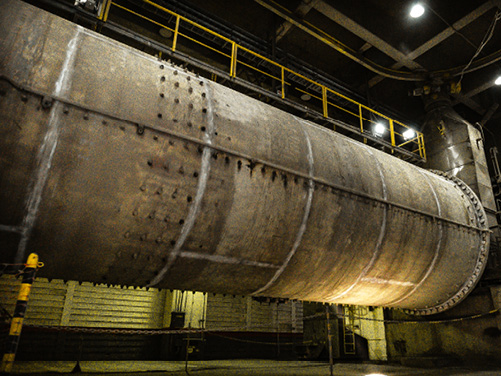By Mauro Nogarin
Cement production in most Latin American countries has stagnated for two main reasons: inflation, which in some cases, such as in Argentina, Brazil and Mexico, caused prices to rise. On the other hand, lower investment by governments in large public works also generated a reduction in cement consumption.
Brazil
The instability of the Brazilian economy, marked by a prolonged scenario of high inflation rates is slowing down the growth of the construction industry and cement activity.
According to data from the Cement Industry Union (SNIC) in July, sales of the product registered a 0.7% drop compared to the same month in 2022, reaching 5.5 million tons sold. Accumulated for the year, January to July, a shipment of 41.7 million tons (-1.8%) was registered.
Despite the still-uncertain economic scenario, the prospects for the sector in the coming months are positive, thanks to the resumption of paralyzed works and infrastructure, in addition to the reduction in interest rates on housing loans.

Cement plant in Cartagena of Argo Cement Colombia.
Chile
The cement dispatch index in the last 12 months, calculated by the Chilean Chamber of Construction (CCHC), was -14.6%.
Apart from the positive result for the month of March with a dispatch of 328,000 tons, January, February, April, May, June and July all registered a significant decrease compared to the same months in 2022.
Although cement prices remained stable in the last 12 months, the 6% contraction in investment in the construction industry also had a negative impact on cement production.
In the first quarter of 2023, building permits decreased by 44% compared to the same period in 2022, and in terms of public works, 86 projects were awarded, which is 60% less than those that wereawarded in the prior-year period.
Colombia
According to the new report from the National Statistics Institute (DANE), in July 2023 national cement production was 1,221,000 tons, registering an increase of 1.7% compared to the same month in 2022. However, 1,051,000 tons of cement were dispatched to the national market, which meant a decrease of 6.5% compared to July 2022, due to lower activity in both public works and housing construction.
The same trend can be observed in the period of January to July 2023, where cement production reached 8,105,000 tons, presenting a decrease of 3.2% compared to the same period of the previous year. Shipments to the national market accumulated 7,349,000 tons, resulting in a negative variation of 5.3% compared to the period of January to July 2022.
When comparing cement shipments from January to July 2023 compared to the same period in 2022, the decrease presented in the channel of large construction companies and contractors was 16.5%. While the decrease in shipments of gray cement packed in 50 kg bags was 6%.
Peru
The Association of Cement Producers (Asocem) in its latest report confirmed that cement production fell 9% in July compared to the same period last year. In total, the cement companies produced 993,000 tons in July; in July 2022 production reached 1,080,000 tons.
In this way, total cement production decreased 8% in the last 12 months, compared to the period of August 2021 and July 2022.
Regarding the national shipment, in July it reached 1,013,000 tons, also registering a decrease of 6% compared to the same month of the previous year. In the last 12 months, the Asocem report indicates a decrease of 9%, compared to the same period of the previous year.
Finally, total cement exports amounted to 11,000 tons in July, which means a 33% drop compared to the same month in 2022, when they took 16,000 tons abroad.

Argentina
According to data from the Association of Cement Manufacturers (AFCP) in the month of July cement production was 1,085,000 tons, registering a slight increase of 2.5% compared to the same month of the previous year. The accumulated January to July production was 7,200,000, registering a decrease of 1.4%.
The latest report from the National Institute of Statistics (Indec) indicates that activity in the construction industry contracted by 1.5% in June 2023 and year-on-year growth decreased 2.8%.
The reported causes for this negative trend were the instability of cement prices and the continuous drop in the country’s economic activity, which in both cases are related to accumulated inflation from January to July 2023 being 60%.
The preliminary projections of the AFCP for 2023 show a level of shipments of approximately 12.7 million tons, with a decrease of 2.1% in relation to the 12,976,332 tons of 2022.
Mexico
Inflation in cement and concrete registered a growth of 14.9% in December 2022 compared to the same period in 2021.
According to data from the Institute of Statistics (INEGI), the accumulated cement production from January to June went from 20,190,000 tons in 2022 to 20,150,000 tons in 2023, registering an decrease of 0.2%.
According to the new technical report from the Mexican Chamber of the Construction Industry, the causes that generated this reduction in cement production were the 10% increase in cement prices, in addition to cost inflation in the industry of 8.6%.
The same report also indicates that since 2017, the price of cement continues to increase.
Mauro Nogarin is Cement Products’ Latin American correspondent.


